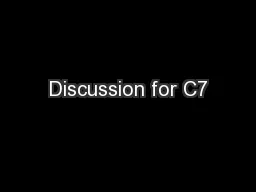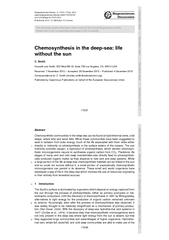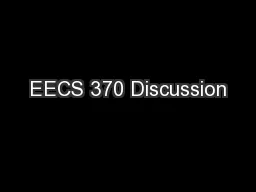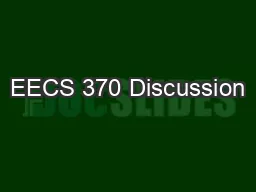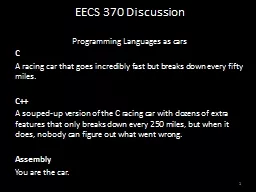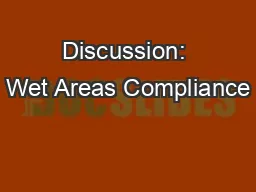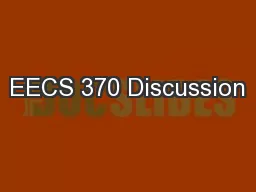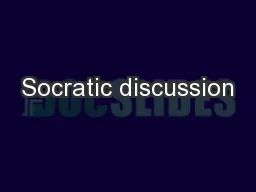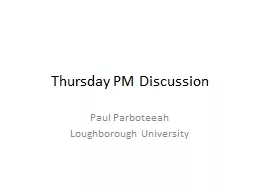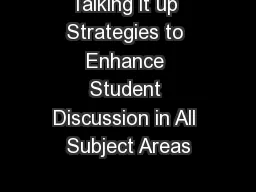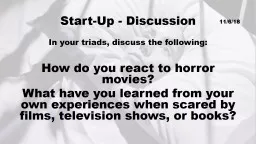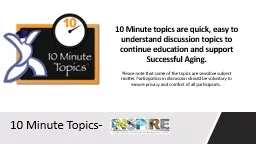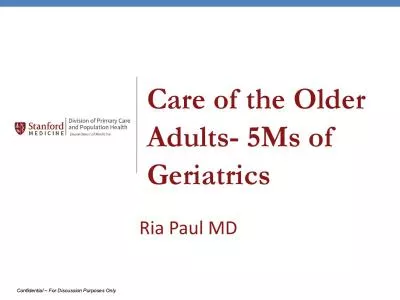PPT-Discussion for C7
Author : calandra-battersby | Published Date : 2017-06-06
What are construals and what have we learnt about making them Curriculum for making construals Scope of the curriculum six claims Accessibility Comprehensibility
Presentation Embed Code
Download Presentation
Download Presentation The PPT/PDF document "Discussion for C7" is the property of its rightful owner. Permission is granted to download and print the materials on this website for personal, non-commercial use only, and to display it on your personal computer provided you do not modify the materials and that you retain all copyright notices contained in the materials. By downloading content from our website, you accept the terms of this agreement.
Discussion for C7: Transcript
Download Rules Of Document
"Discussion for C7"The content belongs to its owner. You may download and print it for personal use, without modification, and keep all copyright notices. By downloading, you agree to these terms.
Related Documents

